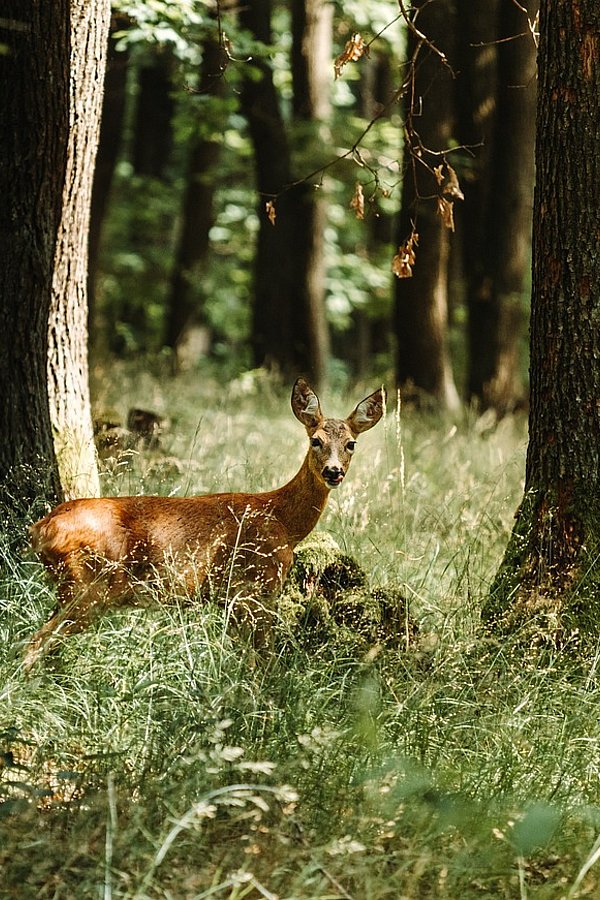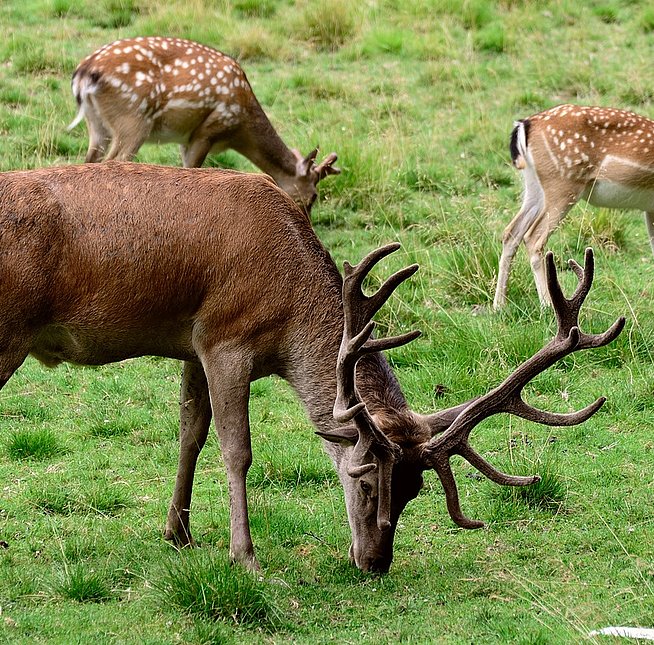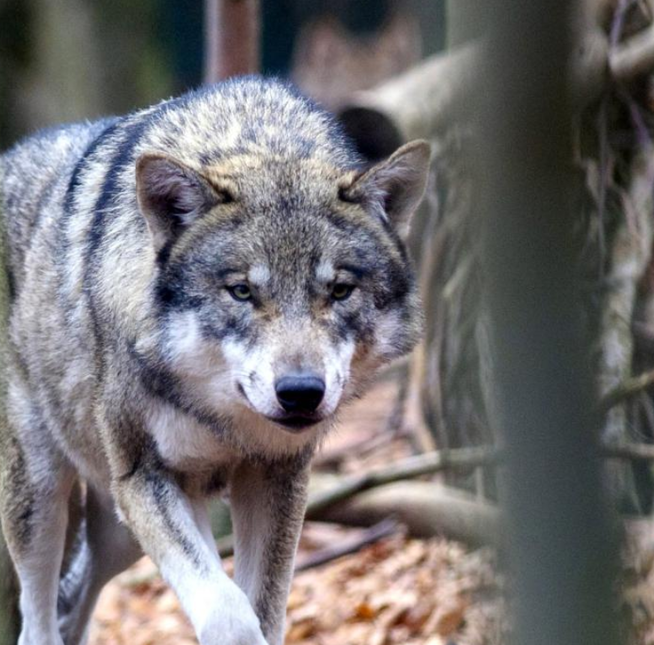Hauptmenü
Eppan
-
Eppan
- Eppan on the wine route
- Eppan live
- Eppan lives sustainability
Hauptmenü
Experience
-
Experience
- Hiking
- Biking
- Sports & leisure
- Castles in Eppan
- Lakes & nature
Hauptmenü
Accommondations
-
Accommondations
- Search & book accommodations
Hauptmenü
Wine & Pleasure
-
Wine & Pleasure
- Wine & pleasure
Hauptmenü
Events
-
Events
- Events in Eppan
Hauptmenü
Contact & Info
-
Contact & Info
- Information
- Home.
- Mindful in Eppan.
- Mindful around wildlife

Mindful...
... around wildlife
Our nature is home to many wild animals – anyone exploring the outdoors is entering their habitat. Mindfulness when encountering wildlife means respecting their natural environment, observing them from a distance, and avoiding disturbance or harm. Only respectful coexistence can preserve the delicate balance between humans and animals.

When encountering wild animals:
- Stay on marked trails: wildlife associates these with humans and avoids them.
- Respect quiet times: avoid disturbing animals during feeding, especially early morning and late evening. Plan your return before dark.
- Keep dogs on a leash: even obedient dogs must be leashed in forests. Deer are often attacked in spring. In case of bears or wolves, unleashed dogs can be in danger.
- Take your waste home: trash poses injury risks. Broken glass, cups, or plastic can harm animals.
- Step aside: if you see wildlife up close, stay calm and give them space. Most are not dangerous unless provoked.
- Do not touch: if an animal shows no fear, do not approach or touch it. Same applies to dead animals – notify local authorities or the police.
- Never pet young animals: human scent can lead the mother to reject them.
- Do not feed wildlife.

Encounters with bears and wolves:
Behavioural guidelines when encountering a bear
- Bears avoid people: they have an excellent sense of smell and hearing. In most cases, a bear will have noticed you long before you see it and will already have moved away.
- Don’t follow bear tracks: if you spot tracks in mud or snow, don’t follow them. Choose a different route to avoid a potential encounter.
- Waste creates “garbage bears”: always leave rest and picnic areas clean. Bears and other wild animals learn quickly and return regularly to such “feast spots”. They associate organic waste with the smell of humans and lose their natural shyness. So-called garbage bears may start approaching mountain huts and villages.
- If you see a bear: in general, bears sense humans from afar. In rare cases, however, a bear might not smell or hear hikers or joggers in time. It may then react startled or curious. Walk away slowly and backwards, and leave the bear an escape route. Never throw objects like branches, stones, backpacks, or baskets in the bear’s direction.
- Keep dogs on a leash: if you’re in bear country, always keep your dog leashed. Dogs may smell a bear, follow its trail, and flush it out. They often run back to their owner for protection – potentially bringing the bear with them.
- Bear cubs are never alone: if you see a young bear, move away immediately. The mother is nearby and will defend her cub. Never stop to take photos or get closer!
Behavioural guidelines when encountering a wolf
The chance of encountering a wolf in the wild is very low. These shy predators usually avoid direct contact with humans. If an encounter does happen, they typically retreat quickly. Attacks by wolves on humans are extremely rare and have only been reported in cases involving rabid animals, stressed individuals during capture attempts, or when the animal has no chance to escape.
Wild, healthy wolves therefore pose virtually no danger to hikers or mountain sports enthusiasts. However, dog owners should keep their pets close to avoid harm in the event of contact with a wolf.
If you do happen to meet a wolf, there is no need to be afraid or run away in panic. However, a few simple rules can be helpful:
• Back away slowly to increase your distance from the animal.
• Make loud noises to attract attention.
• If, against expectations, a wolf follows you, shout at it, make yourself appear large, and throw an object at it if necessary.
• Never feed wolves – not even to take a photo!
• Report wolf sightings, tracks, kills or photos, ideally with photographic evidence if available. Report bear or wolf sightings or tracks
Large carnivores – 24h emergency numbers:
South Tyrol (BZ): +39 328 8745844
Trentino (TN): +39 335 7705966







